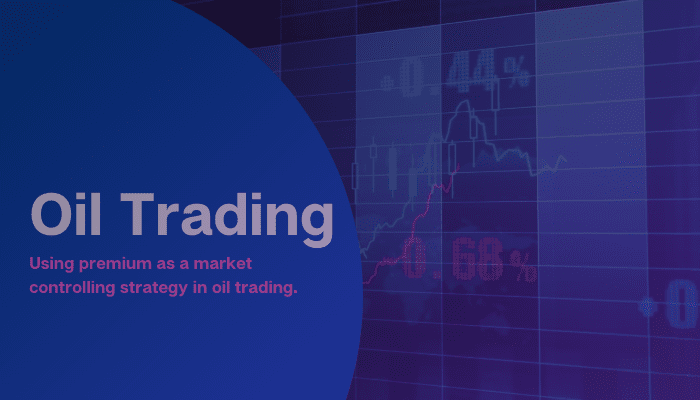Premium is a financial term that is commonly used across several theories to signify different things. Some Professionals in the economic world define premium as a form of payment made on a regular basis for the insurance of a certain commodity. This definition is however considered to be generically mean for insurance-related issues. In general terms, a premium can be defined as a price paid for a commodity that is above its intrinsic value. Intrinsic value is also another umbrella term that encompasses a whole lot of concepts.
However, concerning the oil trading process, intrinsic value can be viewed as mathematical models used by financial analysts in the determination of the value for a commodity, which is oil. Universally, there is no generally approved method for the determination of intrinsic value as different professionals have based their calculation on different qualities including qualitative, quantitative, and perceptual, among others. The models are different because they can be individually put to the best use in different aspects.
The perceptual factor is more of the umbrella branch which deals with the views of investors on the worth of oil in the market. It describes how much-involved parties are willing to pay for oil. On the other hand, there are also the qualitative factors that premise on the different schools of thought available on the oil trading space and how governmental policies influence the market like a regime change. These principles are all major parts that make up the determination of premium for oil futures.
Types of premium
The term premium covers a large variety of things, leading to the creation of different types which can apply to different aspects of trading with the oil profit market. Some of them include
Price premium.
Considering that premium in oil trading is defines as the amount investors are willing to pay that is above the value of oil, as such the oil will be traded at premium prices. Several factors can contribute to oil being traded at premium prices, with inclusions like an increase in demand, a drop in the supply chain, or perceptions by the involved party for an increased future price, as was in the case of the early cryptocurrencies.
Generally, a high-interest rate is one of the most powerful mechanisms for the operations of premiums. However, high interest rates under any kind of investment are usually associated with high-risk levels. This is the concept that birthed the risk premium for oil trading. In oil trading, the risk premium involved is considered a form of award given to investors due to the extra levels of risks incurred in executing trades during times of premium pricing.
The Options premium.
In trading, premium options are considered from the economic point of view which are the monetary costs involved in purchasing options. In oil trading, trading options give the owner the right to sell without any form of obligation to market trends. In the bond sector, the premium is a reflection of variations in the specified interest rate or risk factor since the day it was purchased. This is one of the qualities the alternative of oil trading has against the stocks and bond sector. Differences in the rate of volatility can provide a major gap between the choice of investing in either oil or any other sector.
Although premium prices can occur in the market naturally, however, there are cases where premium pricing can be used as a tool in controlling the market by strategically setting a price of oil at a point that is infinitely higher than the current average price in circulation. The problem with using this medium is the number of risks involved which may be detrimental to the investor.



































